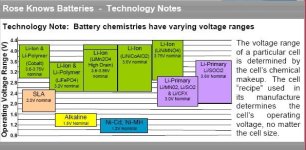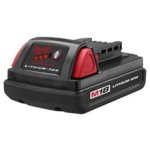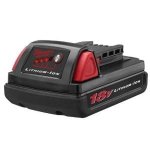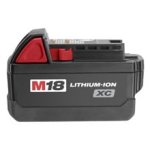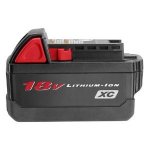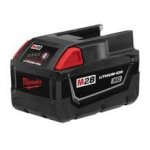Jay64
100 kW
Ok, this will probably turn out to be a stupid question, but...
Does anyone have the amp specs on these battery packs? I looked around and the only reference that I can find is that on the bottom of the packs it states 3.0 ah. Does anyone know the amps of these packs, or is there a way to figure it out from the ah? I guess I am still trying to get this amp vs. ah thing totally figured out. I'm running two packs in parallel and I am trying to figure out what my current would be.
Does anyone have the amp specs on these battery packs? I looked around and the only reference that I can find is that on the bottom of the packs it states 3.0 ah. Does anyone know the amps of these packs, or is there a way to figure it out from the ah? I guess I am still trying to get this amp vs. ah thing totally figured out. I'm running two packs in parallel and I am trying to figure out what my current would be.


